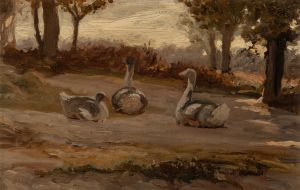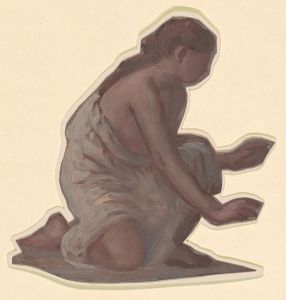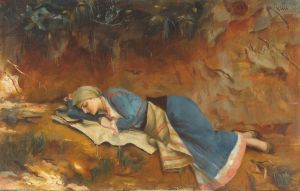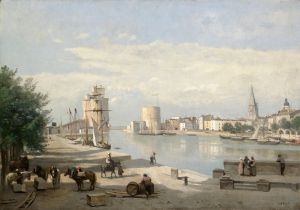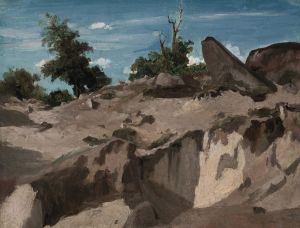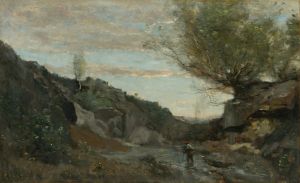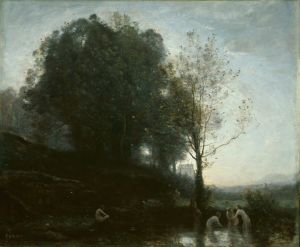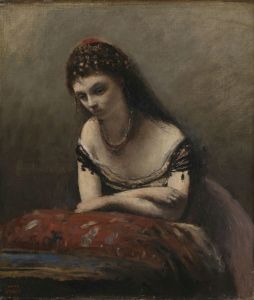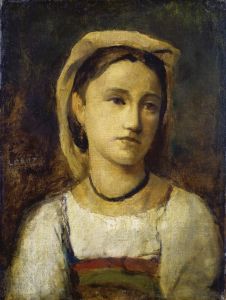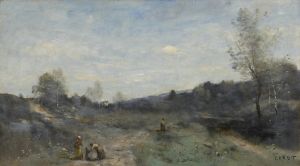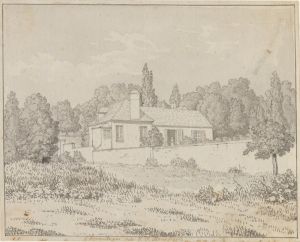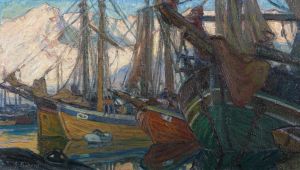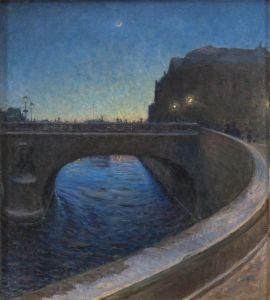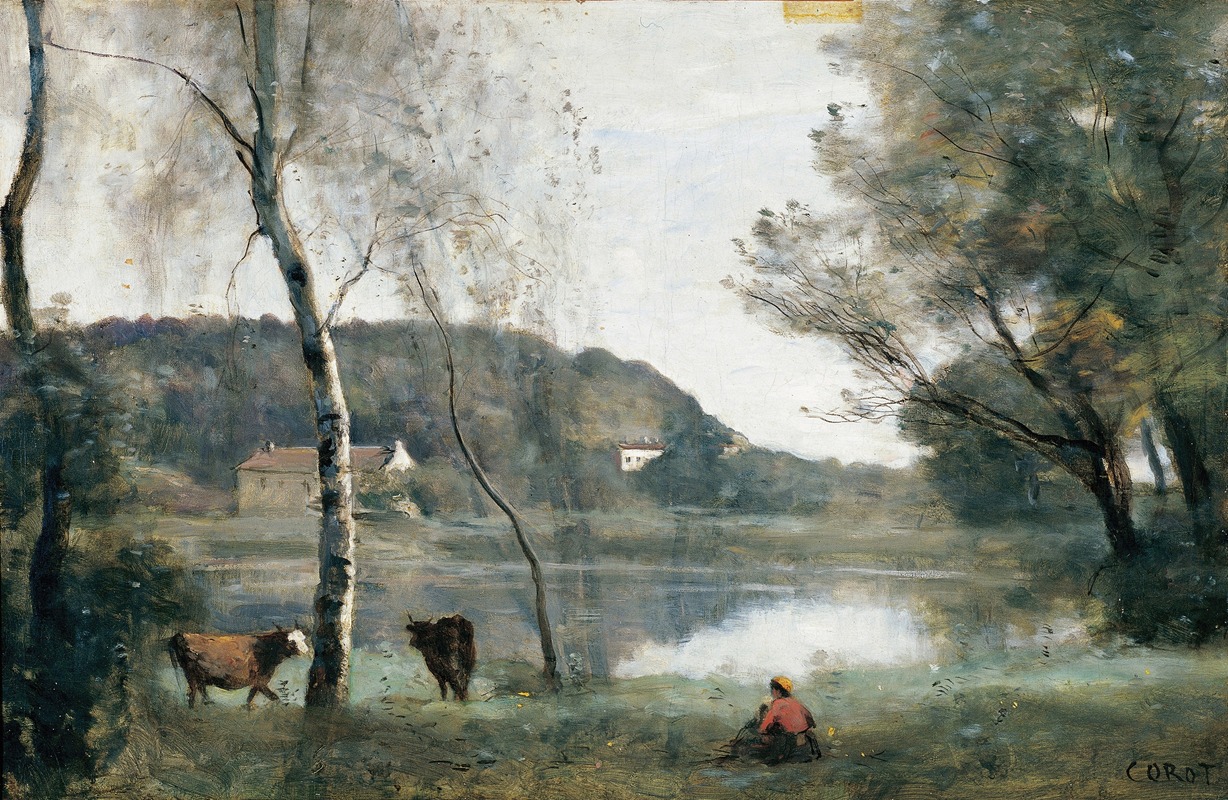
L’Etang de ville d’Avray
A hand-painted replica of Jean-Baptiste-Camille Corot’s masterpiece L’Etang de ville d’Avray, meticulously crafted by professional artists to capture the true essence of the original. Each piece is created with museum-quality canvas and rare mineral pigments, carefully painted by experienced artists with delicate brushstrokes and rich, layered colors to perfectly recreate the texture of the original artwork. Unlike machine-printed reproductions, this hand-painted version brings the painting to life, infused with the artist’s emotions and skill in every stroke. Whether for personal collection or home decoration, it instantly elevates the artistic atmosphere of any space.
Jean-Baptiste-Camille Corot's painting "L’Etang de Ville-d’Avray" is a notable work by the French landscape artist, who is often associated with the Barbizon School. Corot, born on July 16, 1796, in Paris, France, is renowned for his contributions to landscape painting and his role as a precursor to the Impressionist movement. His works are characterized by their poetic and atmospheric qualities, often capturing the serene beauty of the French countryside.
"L’Etang de Ville-d’Avray" depicts a tranquil pond located in Ville-d’Avray, a commune in the western suburbs of Paris. This location held personal significance for Corot, as his family owned a house there, and he frequently visited the area. The painting is one of several works Corot created featuring this picturesque setting, reflecting his deep connection to the landscape.
In "L’Etang de Ville-d’Avray," Corot employs his signature style, blending realism with a lyrical, almost dreamlike quality. The composition typically includes a calm body of water, surrounded by lush greenery and trees, with the sky often playing a significant role in the overall mood of the piece. Corot's use of light and shadow, as well as his delicate brushwork, creates a sense of harmony and tranquility, inviting viewers to immerse themselves in the peaceful scene.
Corot's approach to landscape painting was innovative for his time. He often painted en plein air, or outdoors, to capture the natural light and atmosphere of the scene directly. This method allowed him to achieve a level of immediacy and freshness in his work that was relatively uncommon among his contemporaries. While Corot's early works were more detailed and precise, his later paintings, including "L’Etang de Ville-d’Avray," exhibit a softer, more impressionistic touch.
The painting is also notable for its influence on later artists. Corot's ability to convey mood and atmosphere through his landscapes had a profound impact on the Impressionists, who admired his work and drew inspiration from his techniques. Artists such as Claude Monet and Camille Pissarro were particularly influenced by Corot's treatment of light and his approach to capturing the essence of a scene.
"L’Etang de Ville-d’Avray" is housed in various collections, with some versions of the scene held in prestigious institutions such as the Louvre Museum in Paris. The painting remains a testament to Corot's skill as a landscape artist and his ability to evoke the serene beauty of the natural world.
Jean-Baptiste-Camille Corot passed away on February 22, 1875, but his legacy endures through his extensive body of work. "L’Etang de Ville-d’Avray" continues to be celebrated for its artistic merit and its role in the evolution of landscape painting in the 19th century.





